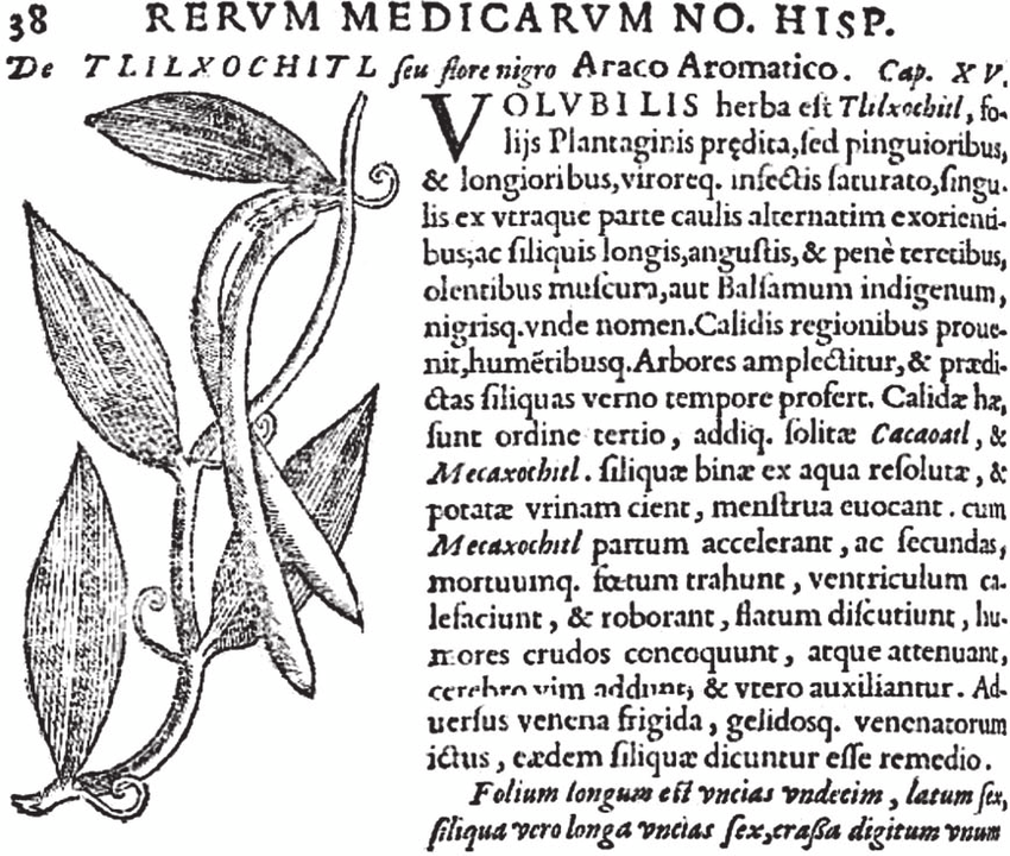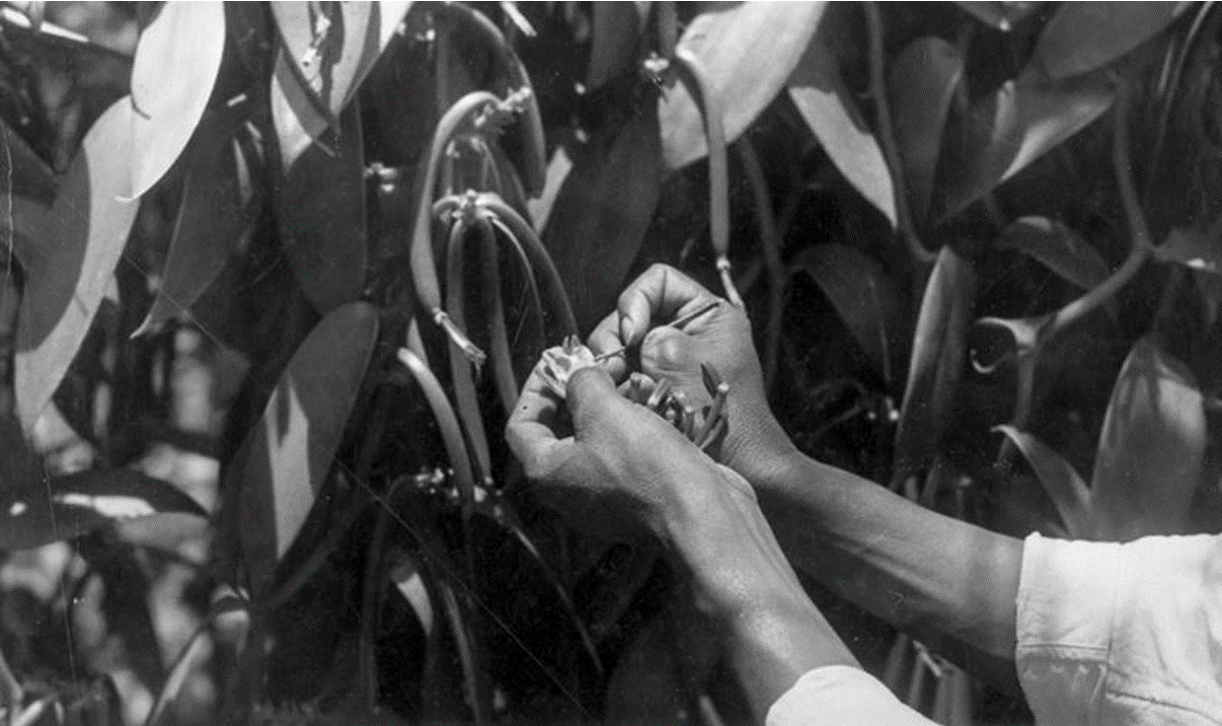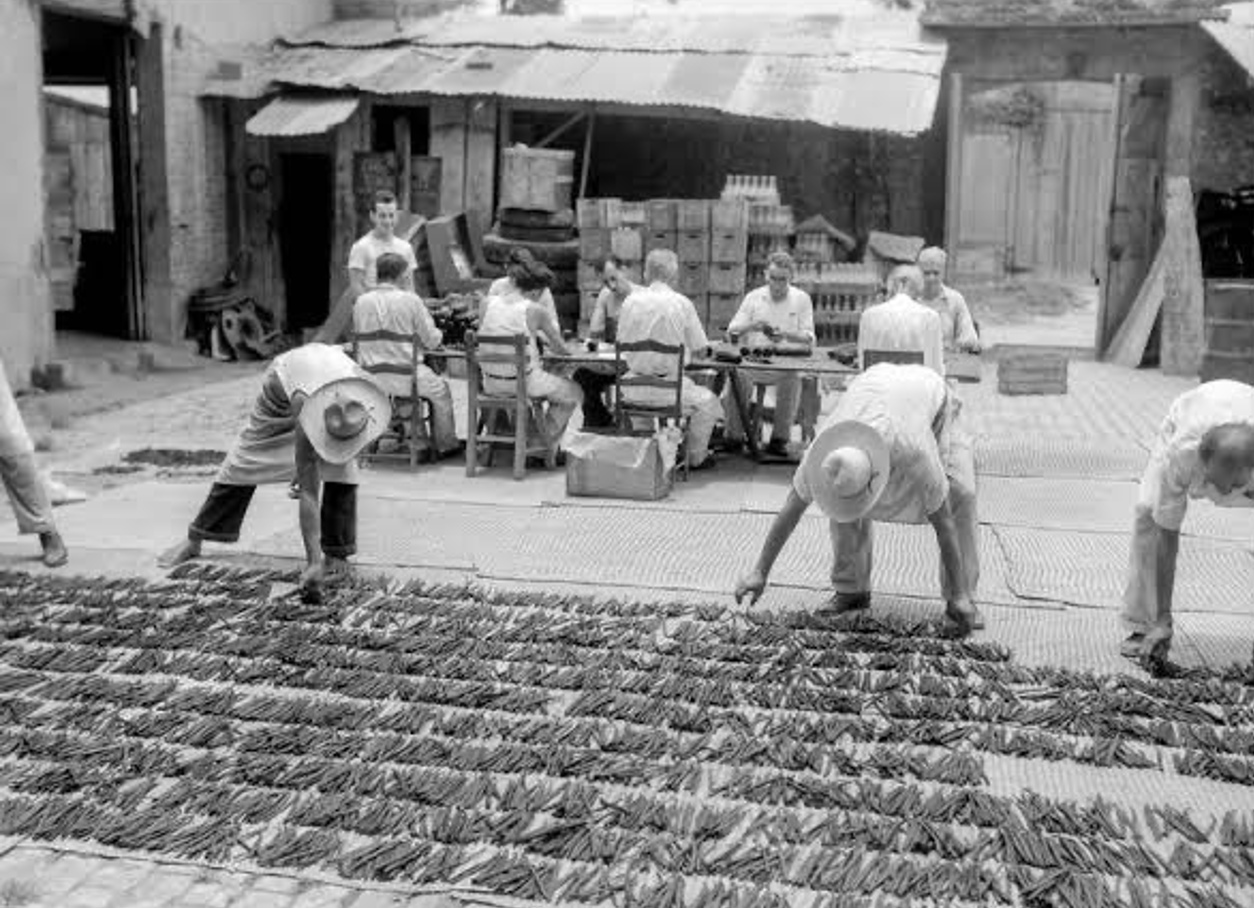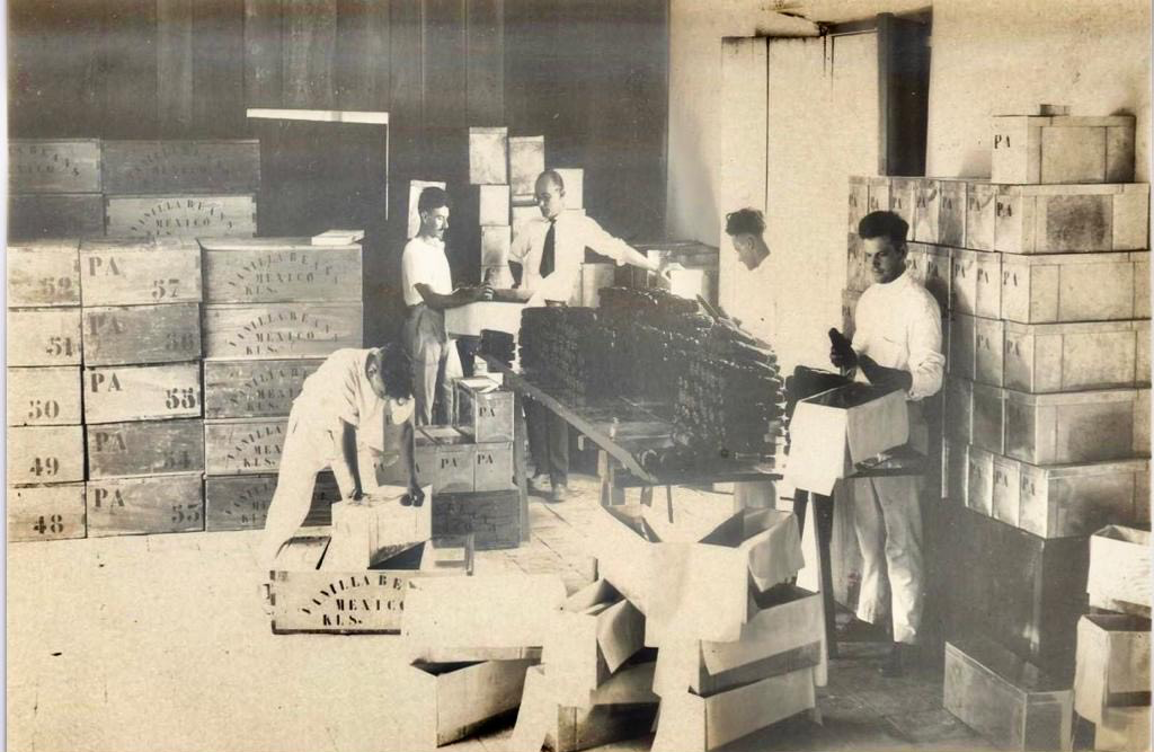History
Vanilla originated in the tropical forests of Mexico and the southeast of Mesoamerica. The Totonac were among the first to discover the virtues of this plant and they used it as a flavor, fragrance and medicine since pre-Hispanic times. When they were subjugated by the Mexica empire (1427-1440), they were forced to pay vanilla as tribute, since it was highly valued for aromatizing a beverage prepared with cocoa beans and honey called xocolatl or chocolate.
After the fall of Tenochtitlan in 1521, the Spanish took vanilla to Europe, where it became very popular due to its rich flavor and unique scent. The English and the French found innovative uses for it including baked goods and perfume. However, their attempts to obtain vanilla beans in their countries and colonies were fruitless for centuries, and Mexico held the monopoly of vanilla sales for nearly 300 years. In 1760, the first commercial vanilla plantation was established in Papantla, Veracruz. Although Papantla means “full moon”, it became known as “the city that perfumes the world” because of its abundant vanilla plantations.
In 1841, the 12 year-old slave Edmond Albius from Bourbon Island (now called Réunion Island) developed a technique for pollinating vanilla flowers manually by using a small bamboo stick. This innovation marked the beginning of commercial vanilla plantations in the tropics all around the world. By the end of the 20th century, the “Golden Age” of Mexican vanilla had come to an end and Madagascar and Indonesia had positioned themselves as the world’s largest vanilla producers.



